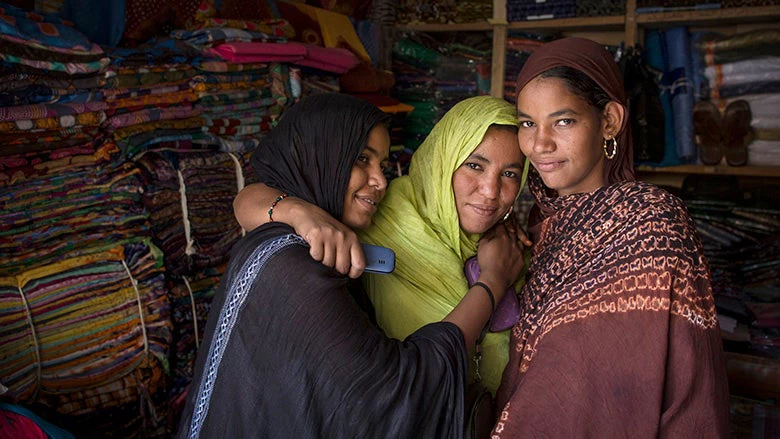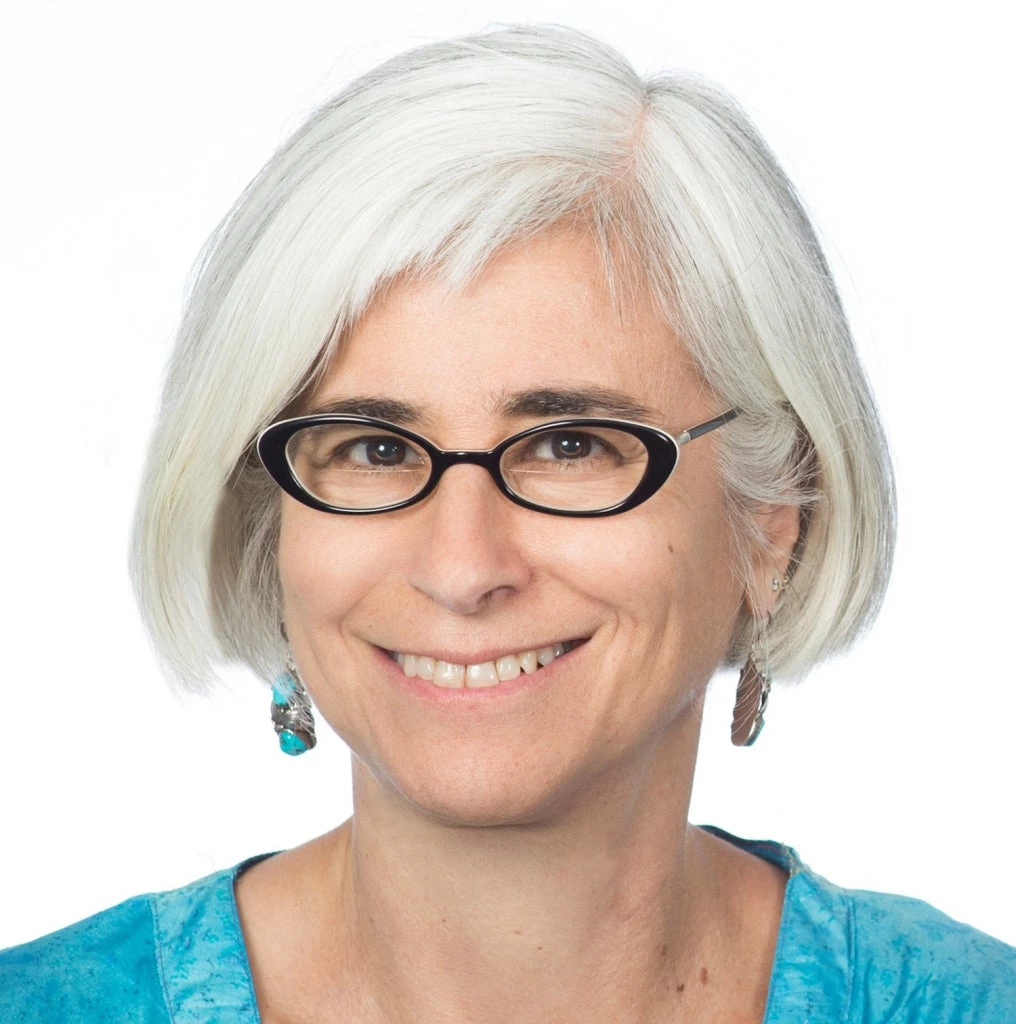Mobile Banking, Movable Collateral Registries, Can Boost Female Financial Inclusion
Empowering women, creating opportunities for all, and tapping everyone’s talents—these aren’t just preconditions to achieving every other vital development goal. They’re essential to building prosperous, resilient economies and meeting the fast-growing challenges of the 21 st century.The Bank Group, along with its clients and partners in the public and private sectors, can improve outcomes and achieve more lasting impact by analyzing these challenges through a gender lens: recognizing the constraints that prevent women and men, especially the poorest, from participating in and benefiting fully from development interventions, then customizing projects to close gender gaps in the process of achieving sector and country outcomes.
Advancing our goal of universal financial inclusion is hugely important, and the Bank Group has committed to help at least 10 IDA countries and others reach their financial inclusion targets. But that may not be enough. The Global Findex report has found that while the absolute number of account-holders is rising steadily, the gap between male and female account holders remains sticky, stubborn, and unchanged at about 7 percent globally with variation across countries.
In 2011, 47 percent of women and 54 percent of men had an account; in 2014, 58 percent of women had an account, compared to 65 percent of men. Regionally, the gender gap is largest in South Asia, where 37 percent of women have an account compared to 55 percent of men—that’s an 18 percentage point gap.
Having a transaction account empowers people in numerous ways . It allows for secure, digital transactions and paves the way for loans and other services that enable account-holders to start and grow business, create jobs, and boost productivity broadly. It helps men and women alike set aside saving for emergencies, providing an essential stepping stone out of poverty. But transaction accounts have extra benefits for women.
Evidence is starting to show, too, that when women move away from cash and into electronic transactions their income may be subject to less appropriation by other household members. Closing the gender gap in access to finance would go a long way toward both unleashing women’s productivity and expanding their ability to exercise greater control over their own lives, earnings, and assets.
Promising practices
I have already seen a number of promising ways to go about this. IFC and the
 Bank Group broadly could view the whole finance and markets area through a gender lens to great advantage—identifying top projects and practices and building them systematically into the portfolio and project design.
Bank Group broadly could view the whole finance and markets area through a gender lens to great advantage—identifying top projects and practices and building them systematically into the portfolio and project design.
IFC’s Banking on Women program, for example, is playing a catalyzing role for partners and financial institutions to help them to profitably and sustainably serve women-owned businesses, which are often penalized by unfavorable business and regulatory environments. IFC estimates women-owned small and medium-sized businesses globally face a US$320 billion credit gap.
Besides Banking on Women, IFC supports the Global Banking Alliance for Women, whose members are pioneering many good practices of serving the “women’s market.” While women may or may not in any given setting need different products and services, how services are delivered matters and service quality can be higher when financial institutions have more female agents, officers, tellers, and other staff. New approaches to delivering finance, such as branchless banking and mobile technology, may also have extra benefit for women because they get around mobility constraints of potential female clients.
Another area for innovation relates to collateral and identification requirements, which affect women more than men. Survey data worldwide show that women tend not to own large, immovable property—so interventions to establish movable collateral registries are very promising. So are tiered “Know Your Customer” (KYC) requirements, which help those with limited available proof of identity and other necessary documentation, such as a utility bills in their own names, to open basic savings and payment accounts—which have been strongly linked to positive poverty reduction effects. Other promising approaches include experimentation with psychometric testing to determine the credit-worthiness of borrowers.
In some countries, legal and regulatory reforms will help women gain access to loans and financial services by scrapping laws that bar women from owning property or opening accounts in their own names. Regulations may need to be changed to allow credit bureaus to use information from non-bank sources, circumventing financial thresholds that smaller entrepreneurs, many of whom are female, often cannot meet. So we see many ways in which we can approach finance and markets that increase productivity, boost incomes, create jobs, and close gender gaps in the process.
What other solutions might bring about such double- and triple-wins for women, markets, and economies? Have you tried to expand financial access or scale up services for women? I invite you to comment and share your experiences.


Join the Conversation